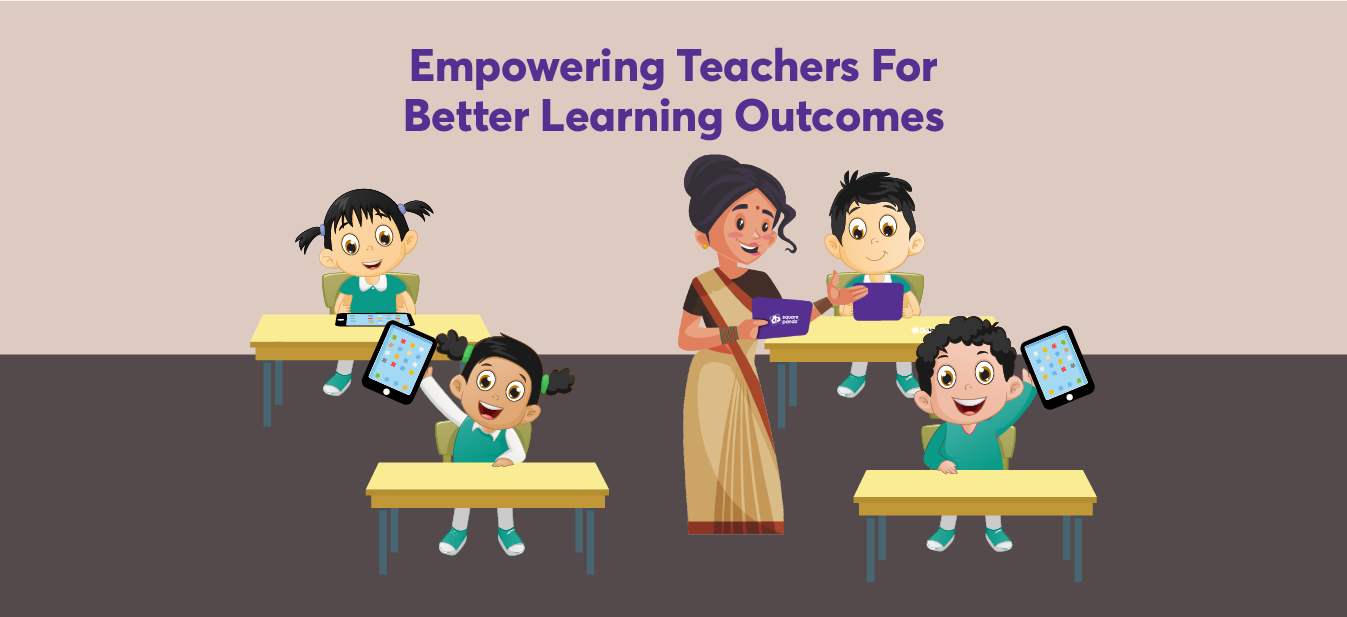A teacher’s day is far from easy. There are endless meetings, a blizzard of emails, and piles of paperwork that need to be filled out just for their classroom. They’re expected to plan engaging lessons and lead classrooms full of students with vastly different needs. Teachers are expected to remain calm in the face of complex student behaviors, deal with parents who are sometimes unreasonable, and try not to lose their cool when they open up an assignment only to find it has been filled with senseless answers or drawings. A teacher’s job would be a tall order even if they had enough time and resources, but the reality is that many teachers work in school environments that are underfunded and overburdened.
As our society increasingly values standardized test scores, schools focus more on test prep than learning. As a result, some teachers find themselves forced to spend most of their time teaching for the test instead of engaging students in interactive learning. The ultimate goal of teaching should inspire learning something new everyday and preparing students to pursue aspiring careers.
Teachers are expected to educate students from all walks of life, which may vary in intellect levels, emotional problems, and attitude. This can really throw a wrench into the system. According to the UNESCO report on the State of Education in India, about 16% of pre-primary, 8% of primary, and 13% of upper-primary teachers in Bihar are underqualified. About 3% of secondary school teachers and 1% of higher-secondary level instructors also lack proper credentials. The report recommends integrating ICT (Information and Communication Technology) into the curriculum and reforming teacher training, so teachers have career pathways.
To improve student learning outcomes, teacher empowerment is imperative. Teachers need to feel confident and comfortable with their role in the classroom to effectively engage with students and provide them with the best possible learning experiences. Here are some ways that we can empower teachers:
🖊️Reduce the Workload
Schools expect teachers to complete a lot of paperwork, give students constant assignments, and narrow down the education process to things that are usually related to standardized tests. Teachers have to keep up with timelines, remain constantly aware of the latest trends in education, and keep track of every new development regarding their student’s academic achievement. To empower teachers, schools must reduce their workloads by eliminating unnecessary paperwork, such as weekly lesson plans, reducing class sizes, and should hire more administrative staff to handle repetitive tasks. They can also help teachers manage their time better by providing support such as online lesson plans or hiring coaches to design curriculums and provide assistance with student behavior management.
🖊️ Collaboration with Other Teachers
Teachers need time to collaborate on best practices, share ideas about curriculum and technology integration strategies, observe one another’s classrooms, and learn new techniques for engaging students through hands-on activities. The most effective teachers use these types of practices every day to refine their craft and enhance the learning environment for their students.
By collaborating with colleagues, teachers can gain insight into how to improve their teaching practices, resulting in improved classroom learning. Teachers can also learn new techniques of engaging students that help keep kids focussed. It is also advised for teachers to meet regularly and discuss students’ progress, and what they could do differently for a better outcome.
To facilitate collaboration among teachers, management must make it a point to have their teachers build a rapport with colleagues through special teacher conferences. Management also needs to support teachers willing to take on leadership roles by delegating responsibilities and providing necessary training.
🖊️ Continuous Professional Development
During the Pandemic, the education sector experienced one of the greatest transformations of shifting from conventional classrooms to online classes and virtual schools. Along with the students, the teachers across the country were also finding their way around virtual schooling. Let’s be honest, the teachers, parents, and students took some time to get accustomed to the online scheduled classes and meetings. That said, it is imperative for teachers to keep up with technology and trends to effectively conduct a class full of students. Continuous Professional Development helps educators stay updated with the latest technologies & skills to effectively offer engaging lessons relevant to today’s classrooms. Providing an opportunity for continued education during work hours encourages teachers to pursue professional development.
Square Panda India’s Anganwadi Workers Upskilling Program aims to empower Anganwadi workers, transforming these centers to their fullest potential for children’s holistic development. Learn more about our programs here

